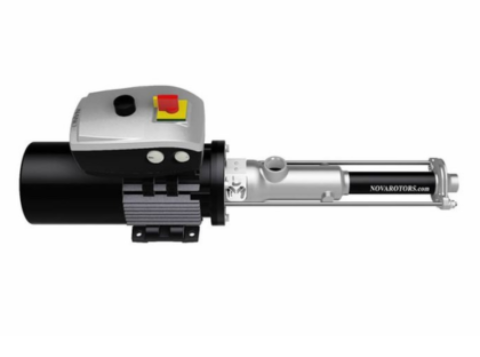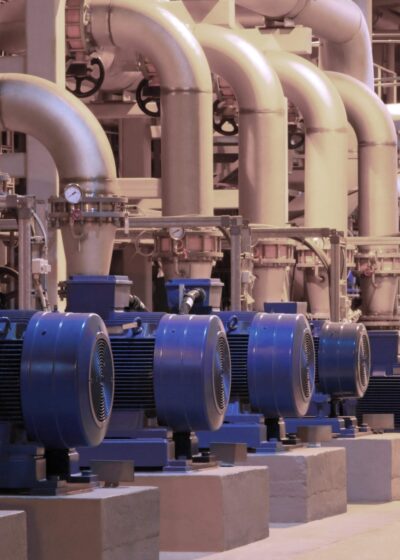
Progressive Cavity Dosing Pumps
Discuss your dosing or metering application with our pump experts today!
3 products

- Max Flow Rate: 45lpm
- Max Head: 240M
- Max Temperature: 150°C
- Max Viscosity: 1,000,000 cP
- Solids: 3mm
- Size: 3/8"

- Max Flow Rate: 147M³H
- Max Head: 480M
- Max Temperature: 140°C
- Max Viscosity: 200,000 cP
- Solids: 95mm
- Size: DN20 to DN50

- Max Flow Rate: 560M³H
- Max Head: 480M
- Max Temperature: 140 °C
- Max Viscosity: 200,000 cP
- Solids: 150mm
- Size: DN20 to DN100
FAQs
A dosing pump, otherwise known as a metering pump, is designed to very precisely deliver a specific quanitity of fluid to a container, tank or fluid stream at controlled intervals.


